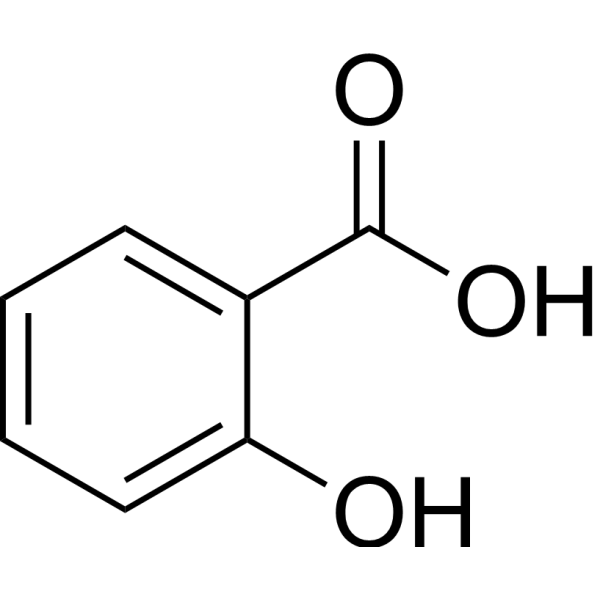Happy Skin Checklist: AHAs in Skincare: What They Are, How They Work, and Precautions
Learn how AHAs exfoliate, brighten, and smooth skin. Discover glycolic, lactic, and mandelic acid benefits, plus safe usage tips. Expert guide by thepicklist.in.
Shambhavi Shukla
9/25/20251 min read


What Are AHAs?
AHAs, or Alpha Hydroxy Acids, are water-soluble acids derived from fruits, milk, or sugar cane. They are chemical exfoliants used in skincare to remove dead skin cells from the skin’s surface, making skin smoother and brighter. Common AHAs include glycolic acid, lactic acid, mandelic acid, citric acid, and malic acid.
What Do AHAs Do for Skin?
Exfoliate the surface – Remove dead skin cells for smoother texture.
Brighten skin – Fade dark spots and pigmentation.
Reduce fine lines – Improve skin elasticity and stimulate collagen.
Improve product absorption – Clear away buildup so skincare penetrates better.
Hydrate – Some AHAs, like lactic acid, also boost skin’s water retention.
How Do AHAs Work on Skin?
AHAs break down the bonds (desmosomes) between dead skin cells, making them shed more easily. This speeds up cell turnover, revealing fresher skin underneath. Since they are water-soluble, they work best on the surface of the skin and are effective for dry, dull, or sun-damaged skin.
Common Types of AHAs and Their Uses
Glycolic Acid – Smallest molecule, penetrates deeply; best for anti-aging.
Lactic Acid – Gentler; hydrates while exfoliating.
Mandelic Acid – Larger molecule; ideal for sensitive or acne-prone skin.
Citric Acid – Brightening and antioxidant properties.
Malic Acid – Supports hydration and mild exfoliation.
What to Take Care of When Using AHAs
Start Low and Slow: Begin with 5–8% concentration, use 2–3 times per week.
Avoid Mixing: Don’t layer with strong acids, retinol, or vitamin C at the same time.
Hydrate: Always follow with a moisturizer to counter dryness.
Sunscreen is a Must: AHAs increase sun sensitivity; SPF is non-negotiable.
Patch Test: Especially if you have sensitive skin.
Not for Broken Skin: Avoid if you have cuts, eczema, or active irritation.
AHAs are powerful exfoliants that brighten skin, fade pigmentation, and smooth fine lines. They work best for dry, dull, or aging skin, but require careful use. Always moisturize and protect your skin with sunscreen when adding AHAs to your skincare routine.
Checkout our guide on Ceramides and Salicylic Acid.
Like my work? BUY ME A COFFEE !
Check out other Reviews
